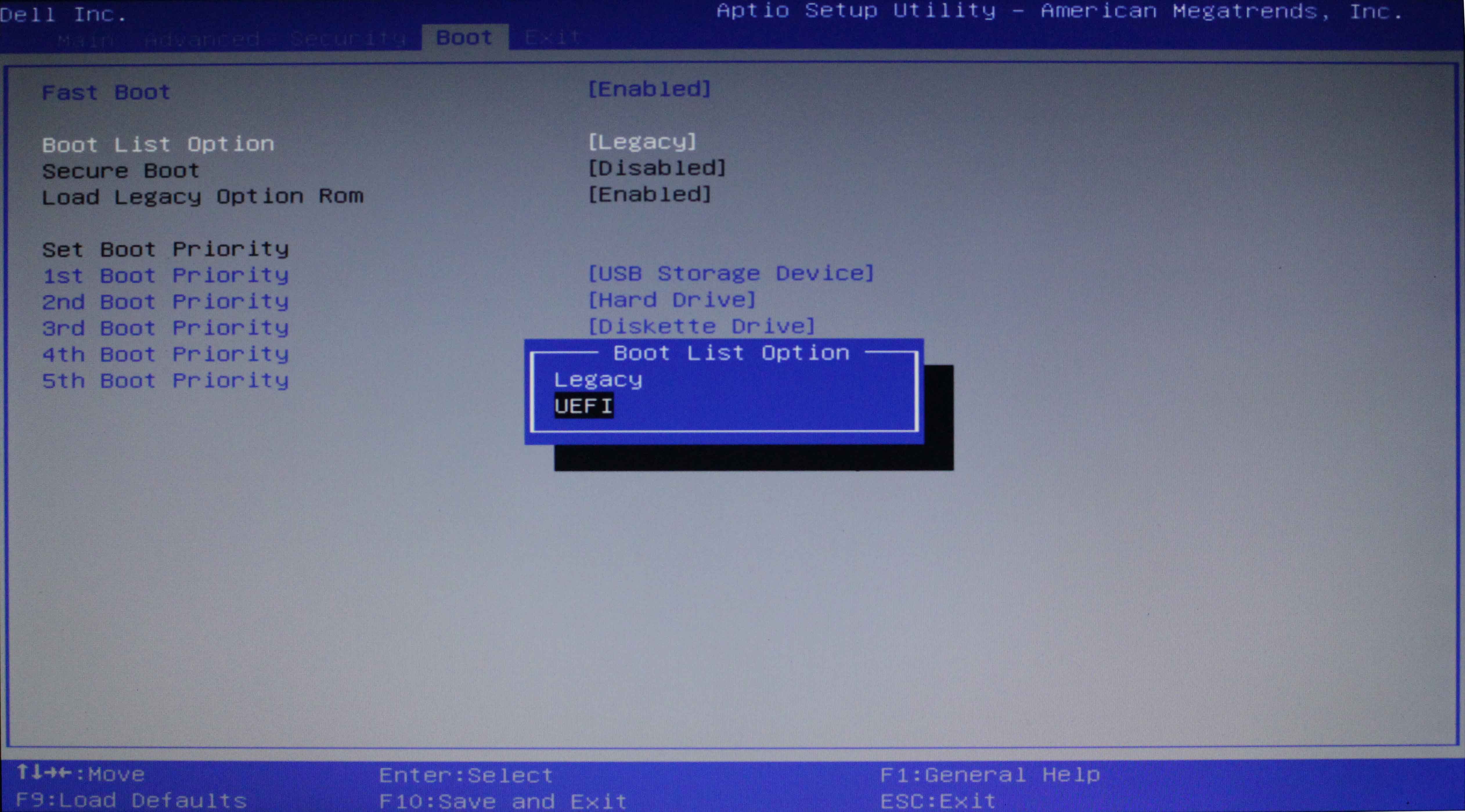


- #EASY TO BOOT SOFTWARE HOW TO#
- #EASY TO BOOT SOFTWARE INSTALL#
- #EASY TO BOOT SOFTWARE UPDATE#
- #EASY TO BOOT SOFTWARE WINDOWS 10#
- #EASY TO BOOT SOFTWARE PORTABLE#
#EASY TO BOOT SOFTWARE HOW TO#
How to boot from a USB drive using the UEFI/BIOS Boot Menu That includes the USB drive you’ve plugged in, so click or tap on it.Ĭhoose to boot Windows 11 from the USB driveįinally, your computer restarts and then boots from the USB drive you’ve chosen earlier.ģ. Next, you’ll see the list of bootable devices your computer can use. The Use a device option in Windows 11's recovery environment Your PC will then reboot, and Windows 11 will load its recovery environment. Windows 11 notifies you that it will restart your device After doing so, click or tap the Restart now button from the dialog. Next, Windows 11 will let you know that it will restart your device, so you’d better save your work before that. It briefly explains that you can “Restart your device to change startup settings, including starting from a disc or USB drive.” Press the Restart now button on the right. Then, open Settings (Windows + I), ensure that System is selected on the left sidebar, and click or tap on Recovery on the right panel.Īccess the Recovery settings in Windows 11Īlso on the right side of the window, locate the Advanced startup option. How to boot from a USB drive using Windows 11’s Settings (without BIOS or UEFI)įirst, connect the bootable USB flash drive to a USB port on your Windows 11 computer. Here’s a guide that explains everything: Shortcuts for the UEFI BIOS & Windows 10’s Recovery Environment. TIP: If you want a faster way of accessing the Windows recovery environment, from where you can boot from a USB drive, creating a shortcut or knowing the command for that might come in handy. Your computer then restarts and boots from the USB flash drive you chose.

Selecting the USB flash drive from which the PC should boot Next, you should see a list of devices your computer can boot from, including the USB flash drive that you plugged in.
#EASY TO BOOT SOFTWARE WINDOWS 10#
Windows 10 restarts and then shows a screen where you can Choose an option. In it, click or tap the Restart now button.Īdvanced startup recovery options in Windows 10 Select Recovery on the left, and then scroll on the right side of the window until you find the Advanced startup section.
#EASY TO BOOT SOFTWARE UPDATE#
Then, open the Settings app and head to Update & Security. Start by plugging in the bootable USB flash drive to a USB port on your computer. How to boot from a USB drive using Windows 10’s Settings (without BIOS or UEFI) If you’d like guidance on that, check these tutorials: Windows 10 Media Creation Tool: Create a setup USB stick or ISO or Windows 11 Media Creation Tool: Create a setup USB stick or ISO.
#EASY TO BOOT SOFTWARE INSTALL#
NOTE: If you want to boot from USB in order to install Windows 10 or Windows 11, you’ll first need to create the Windows installation drive. What’s your favorite method to boot from a USB flash drive?.How to boot from a USB drive by modifying the UEFI/BIOS settings How to boot from a USB drive using Windows 11’s Settings (without BIOS or UEFI) And it all else fails then you may at least be able to recover important documents with Midnight Commander, a capable file manager. A simple Registry editor lets you tweak your PCs Registry (if it's accessible). You also get TestDisk, a powerful tool that can solve partition problems and fix broken boot records, as well as sorting out many other hard drive issues. There's more to the disc than antivirus, though. It will then try to obtain the latest antivirus definitions, if an internet connection is available, before scouring your PC for malware and removing anything it uncovers.
#EASY TO BOOT SOFTWARE PORTABLE#
The AVG Rescue CD (opens in new tab) is a portable version of AVG Anti-Virus that can be launched from a CD or USB flash drive. Or, better still, check our list, download any that appeal, and you'll have them to hand if disaster strikes. If possible, we'd recommend you back up your hard drive before you start, so it can be restored later if necessary.Īnd with that done, you can go looking for a recovery disc to suit your needs. Whatever approach you take, be careful: an inappropriate "fix" can cause more problems than it solves. So you may need a recovery disc with extra powers, something that can fix broken boot records, solve partition problems, scan the Registry and more. But if the virus has damaged some critical file or hard drive structure then removing the malware alone won't be enough.


 0 kommentar(er)
0 kommentar(er)
